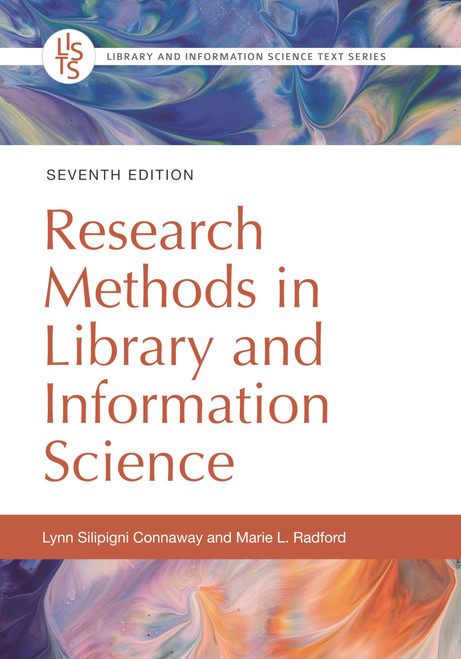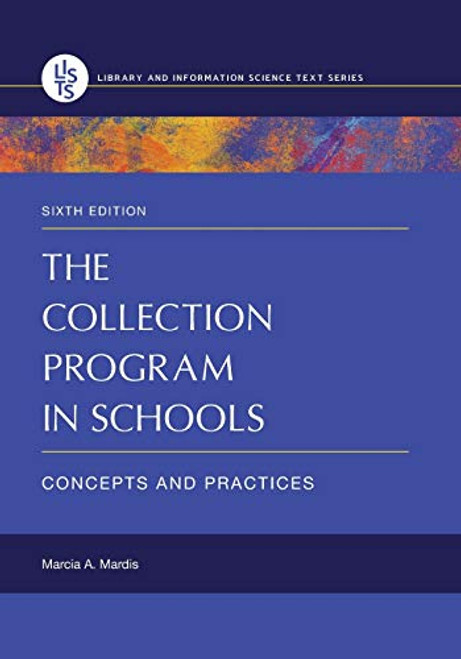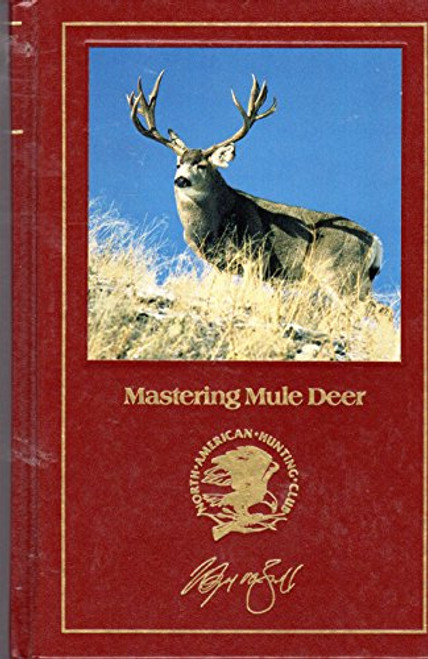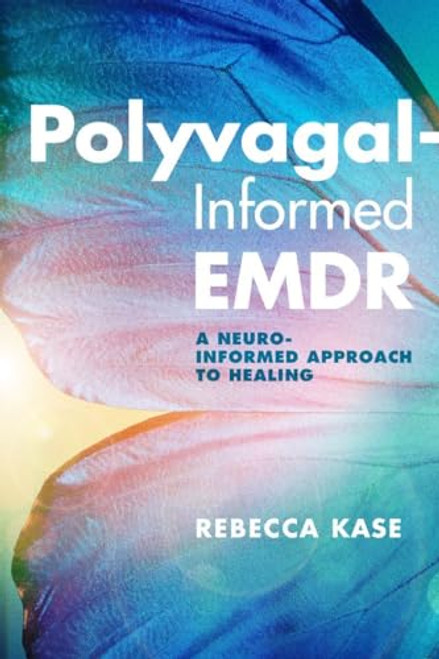This fourth edition provides an updated look at information organization, featuring coverage of the Semantic Web, linked data, and EAC-CPF; new metadata models such as IFLA-LRM and RiC; and new perspectives on RDA and its implementation. This latest edition of The Organization of Information is a key resource for anyone in the beginning stages of their LIS career as well as longstanding professionals and paraprofessionals seeking accurate, clear, and up-to-date guidance on information organization activities across the discipline. The book begins with a historical look at information organization methods, covering libraries, archives, museums, and online settings. It then addresses the types of retrieval tools used throughout the disciplinecatalogs, finding aids, indexes, bibliographies, and search enginesbefore describing the functionality of systems, explaining the basic principles of system design, and defining how they affect information organization. The principles and functionality of metadata is next, with coverage of the types, functions, tools, and models (particularly FRBR, IFLA-LRM, RDF) and how encoding works for use and sharingfor example, MARC, XML schemas, and linked data approaches. The latter portion of the resource describes specific activities related to the creation of metadata for resources. These chapters offer an overview of the major issues, challenges, and standards used in the information professions, addressing topics such as resource description (including standards found in RDA, DACS, and CCO), access points, authority control, subject analysis, controlled vocabulariesnotably LCSH, MeSH, Sears, and AATand categorization systems such as DDC and LCC.
The Organization of Information (Library and Information Science Text Series)
Bloomsbury Academic
MSRP:
Was:
Now:
$64.13 - $75.37
(You save
)
(No reviews yet)
Write a Review

Write a Review

Bloomsbury Academic
The Organization of Information (Library and Information Science Text Series)
- SKU:
- UPC:
- 9781598848588
- Maximum Purchase:
- 2 units
- Binding:
- Paperback
- Publication Date:
- 11/27/2017
- Release Date:
- 11/27/2017
- Author:
- Taylor, Arlene G.
- Language:
- English: Published; English: Original Language; English
- Edition:
- 4
- Pages:
- 744

Bloomsbury Academic
Research Methods in Library and Information Science (Library and Information Science Text Series)
MSRP:
Was:
Now:
$72.97 - $88.24

Bloomsbury Academic
Library and Information Center Management (Library and Information Science Text Series)
MSRP:
Was:
Now:
$62.06 - $82.66

The Collection Program in Schools: Concepts and Practices (Library and Information Science Text Series)
MSRP:
Was:
Now:
$16.29 - $81.15

Nicole M Radziwill
Statistics (The Easier Way) With R: an informal text on applied statistics and data science
MSRP:
Was:
Now:
$29.99 - $41.81

Dutton
The Organized Mind: Thinking Straight in the Age of Information Overload
MSRP:
Was:
Now:
$12.41 - $21.69

Mastering Mule Deer (Hunter's Information Series)
MSRP:
Was:
Now:
$12.44 - $27.59

GIS Fundamentals: A First Text on Geographic Information Systems, Sixth Edition
MSRP:
Was:
Now:
$27.28 - $56.45

W. W. Norton & Company
Polyvagal-Informed EMDR: A Neuro-Informed Approach to Healing
MSRP:
Was:
Now:
$40.23 - $46.64
!

